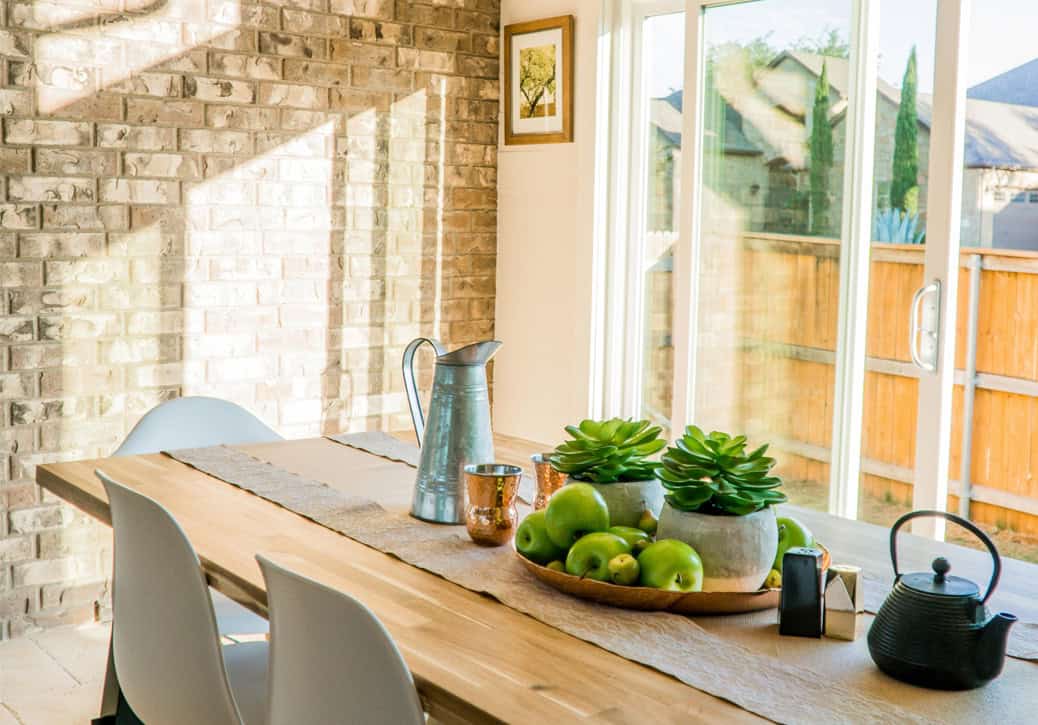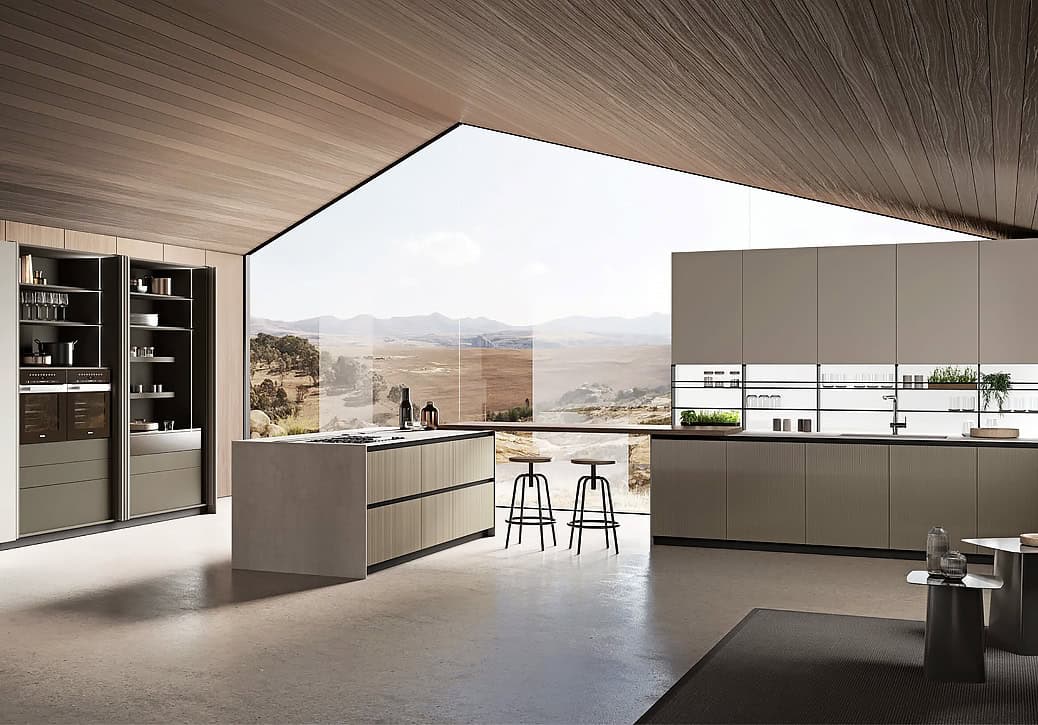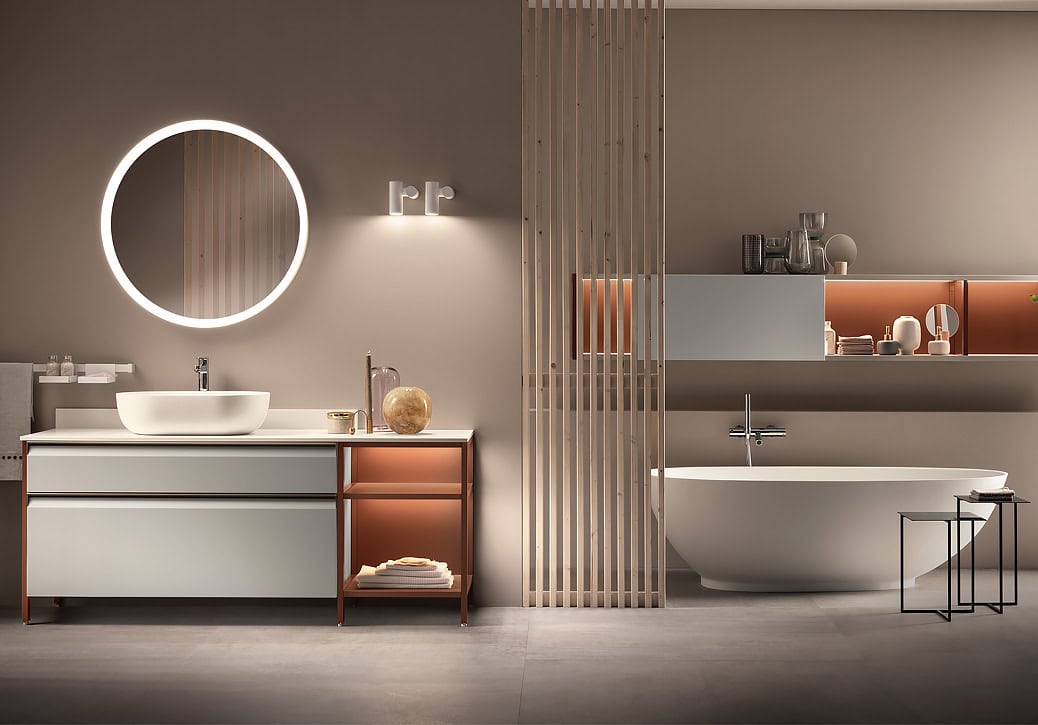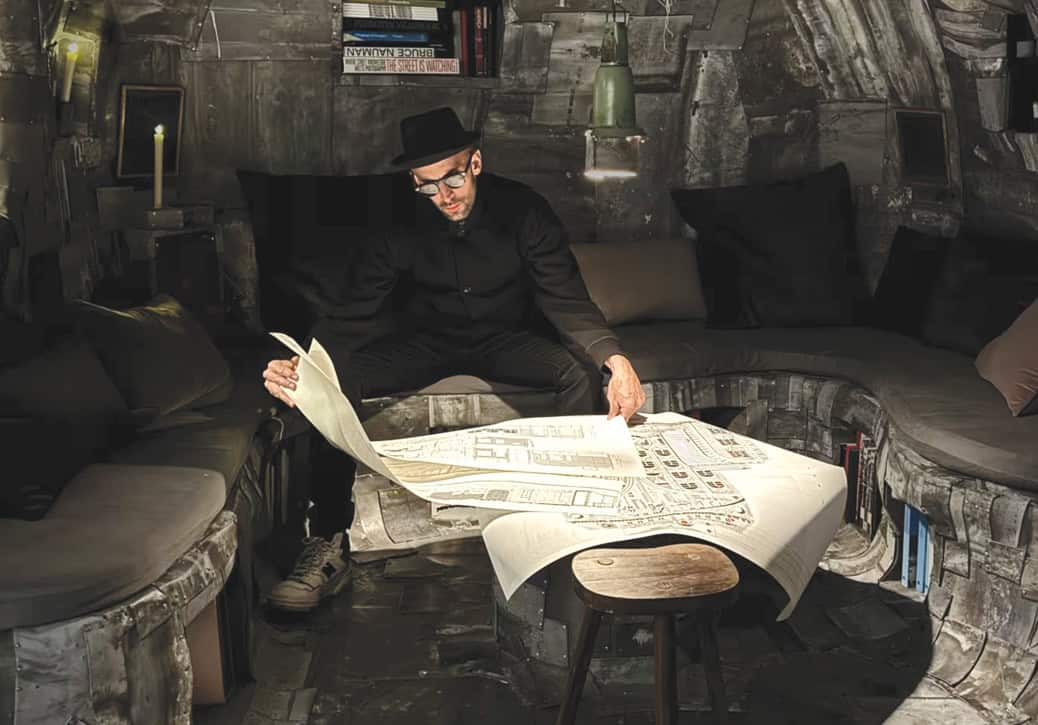 By Jane Lockhart, BAAID
By Jane Lockhart, BAAID
When you think about decorating your home, you might think about wall colour, furniture and accessories. What goes on the floor is probably the last thing you consider, but it’s an important surface and often referred to as “the fifth wall.”
Start with a neutral
Whether you prefer wood flooring, wall-to-wall broadloom or tile throughout your rooms, it’s important to provide a great neutral background for an area rug. Place one on top of almost any surface (with care) to add another interesting layer of colour, texture, comfort and style. It can tie a room’s decorative elements together or separate out different zones in one space.
Right size
Bigger is always better. A puny area carpet will make the whole room look small, especially if it’s not connected to any furnishings. Don’t settle for a four-by-six-foot rug when you need eight by 10 or something larger. Visit a local carpet retailer or specialty store where you can see, feel and understand the choices, ask questions and select the right piece. The “top-of-the-line” experts will even bring samples to your house for in-home consultations.
Calm your space down
If your room already has lots of patterns then consider adding a calming element underfoot, such as broadloom. This is generally a long run of one pattern, texture and colour, created on a broad loom in wide widths and used for wall-to-wall applications. It’s versatile in the choice of colours, textures and patterns, and your designer can arrange for it to be custom cut to fit your space and bind the edges to prevent fraying.
Add an artistic touch
When you want to make a statement with your area carpet the choices are virtually endless. Work with a textile specialist to have a one-of-a-kind piece created especially for your space, or look at showroom selections until you find just the right specimen.
As design technology advances, so do your choices—especially with area carpets that are like “fine art on your floor.”
Quality matters
With area carpets, you will always get what you pay for. Synthetic, man-made materials such as polyester, nylon and olefin (also called polypropylene) are less expensive, but might only look their best for up to five years. Although the colours will last, the fibres may not feel as soft to the touch and will show wear quickly.
Natural fibres such as hand-knotted wool and silk have set the standard for carpets throughout the centuries. The search for new renewable fibres continues, with organic, natural materials such as banana and bamboo silk becoming more readily available.
Wool is a practical choice because it’s a renewable, natural, environmentally friendly resource that absorbs sound, is water repellent and retains its appearance for years.
Whether you are making a long-term, more strategic investment, like a piece of art, a creative statement or simply looking for a cozy solution underfoot, choose wisely and ask an expert for help.













